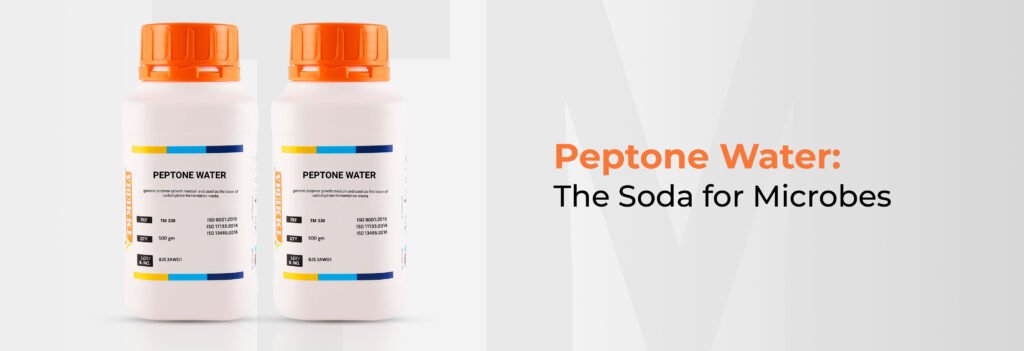

In microbiology, nutrient media are considered essential tools for cultivating microorganisms. They are known to supply all the necessary nutrients that support the growth, proliferation, and metabolic activities of the microbes. Based on the physical states, nutrient media are generally categorized into two types- Agars and Broths. Both types of nutrient media serve the same fundamental purpose, i.e., providing a nutrient-rich environment for microbial growth. A commonly used form of liquid media is peptone water, which is a simple broth composed of only two ingredients.
Despite serving the same purpose, both agar and broths are used in very different settings.
Agars are made by adding a gelatinous compound (Agar) obtained from red algae, such as Gelidium and Gracilaria, which gives the nutrient media a semi-solid, jelly-like consistency and offers a firm surface for microbial colonies to grow, allowing for easy observation, isolation, and enumeration of microbes. Whereas, broths are liquid media, ideal for growing large numbers of bacteria in suspension or for preparing bacterial inocula.
Among the various nutrient media, peptone water (Product code- TM 330) stands out as one of the simplest and most versatile.
| Ingredients | Gms/Ltr |
| Peptone | 10.000 |
| Sodium Chloride | 5.000 |
Peptone water is a non-selective and non-differential liquid nutrition medium and is primarily composed of peptone and sodium chloride only.
It is formulated as per Shread, Donovan, and Lee, with pH adjusted to 8.4 is suitable for the cultivation and enrichment of microbes. Peptone functions as a rich source of nitrogenous compounds, including peptides and essential amino acids such as tryptophan, which are vital for microbial metabolism, due to which it can also be used to detect indole production by adding Kovac’s or Ehrlich’s reagent.
Sodium chloride, on the other hand, is added to regulate osmotic balance. If the concentration of sodium chloride is significantly lower or higher than required, it can result in hypotonic or hypertonic conditions, respectively, which can potentially affect the survival of the microbial cells.
Hypotonic or Hypertonic solutions can potentially cause cells to take up or lose more water than usual and will eventually lead them to swell up and burst or shrink and die, respectively.
The culture can now be used for performing biochemical tests, as a diluent or suspending medium, as a medium for preparing microbial suspensions or serial dilutions, for reviving microbial cultures, for preliminary cultivation, and for carbohydrate tests.
| Microorganism | ATCC | Inoculum(CFU/ml) | Growth | Indole test | Incubation Temperature | Incubation Period |
| Staphylococcus aureus subsp. aureus | 25923 | 50-100 | Luxuriant | Negative reaction, no red ring at the interface of the medium on addition of Kovac’s reagent | 35-37°C | 18-24 Hours |
| Escherichia coli | 25922 | 50-100 | Luxuriant | Positive reaction, red ring at the interface of the medium on addition of Kovac’s reagent | 35-37°C | 18-24 Hours |
| Salmonella Typhimurium | 14028 | 50-100 | Luxuriant | Negative reaction, no red ring at the interface of the medium on addition of Kovac’s reagent | 35-37°C | 18-24 Hours |
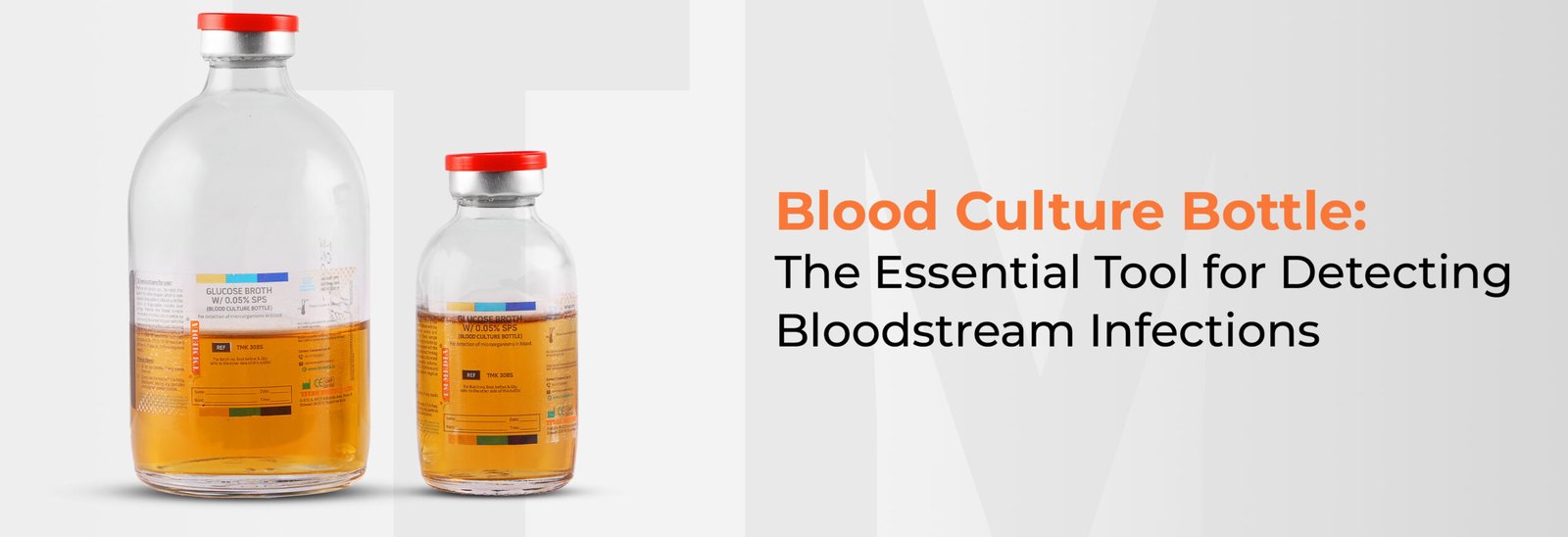
Imagine this: your body is a fort, defended by walls, guards, and intricate defences. But occasionally, raiders slip through the...
Read More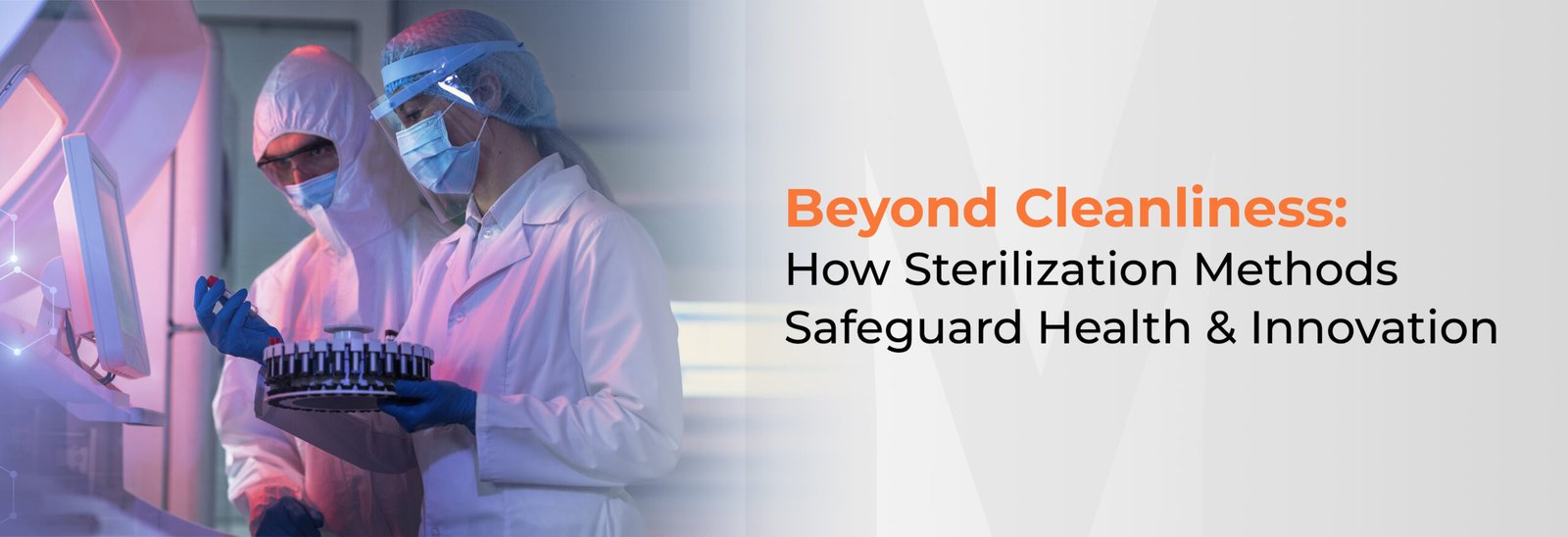
Think about, you are cooking food for loved ones. You’d wash your hands, clean the utensils, and make sure everything...
Read More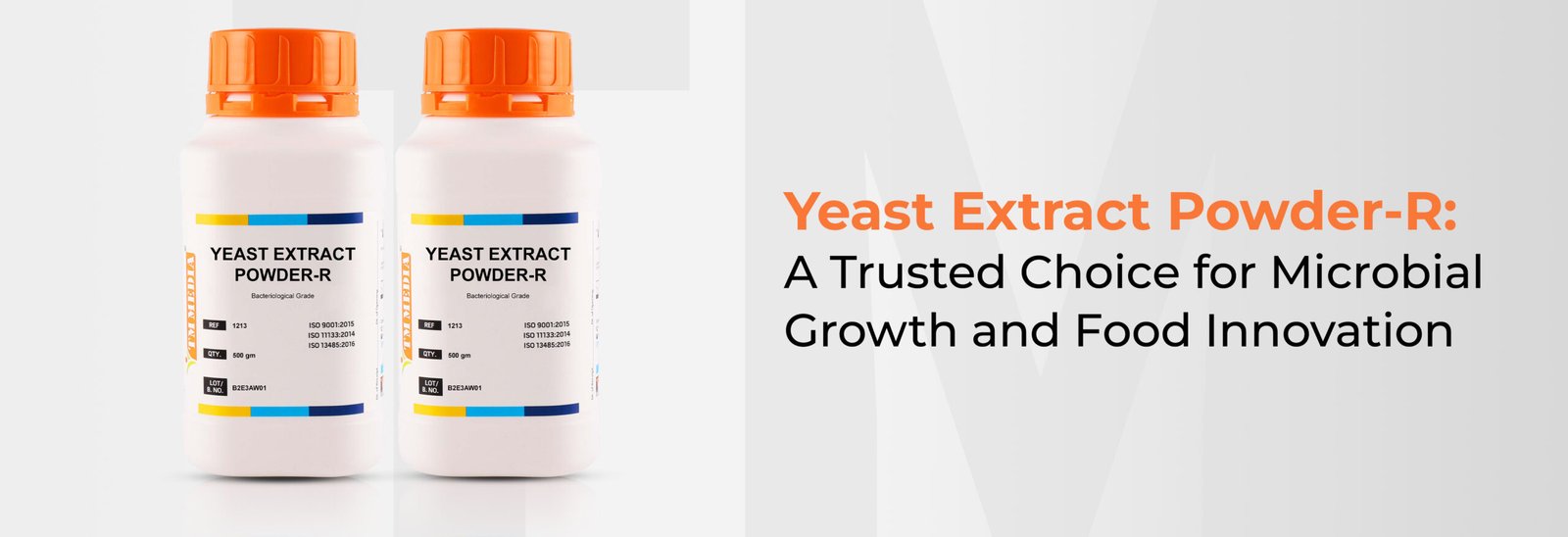
Some secrets are not written in books but brewed in cells too small to see. Just as a cook adds...
Read More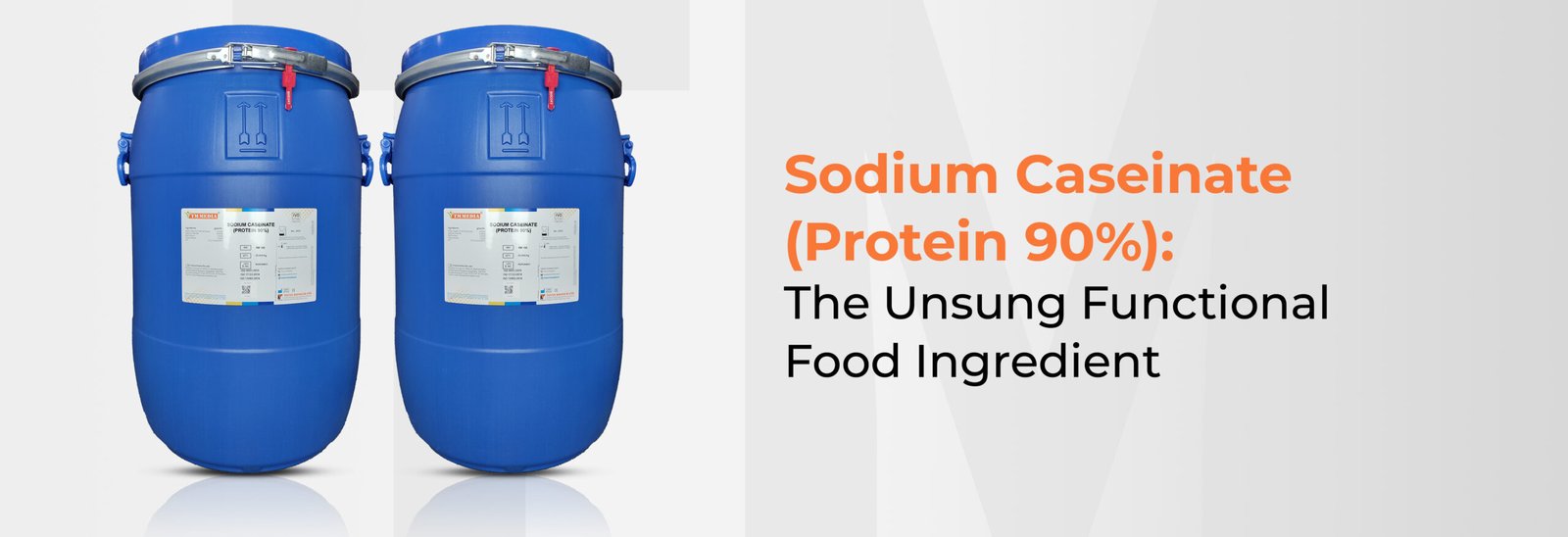
Ever flipped a nutrition label and set foot in a food lab, you have probably come across a name that...
Read More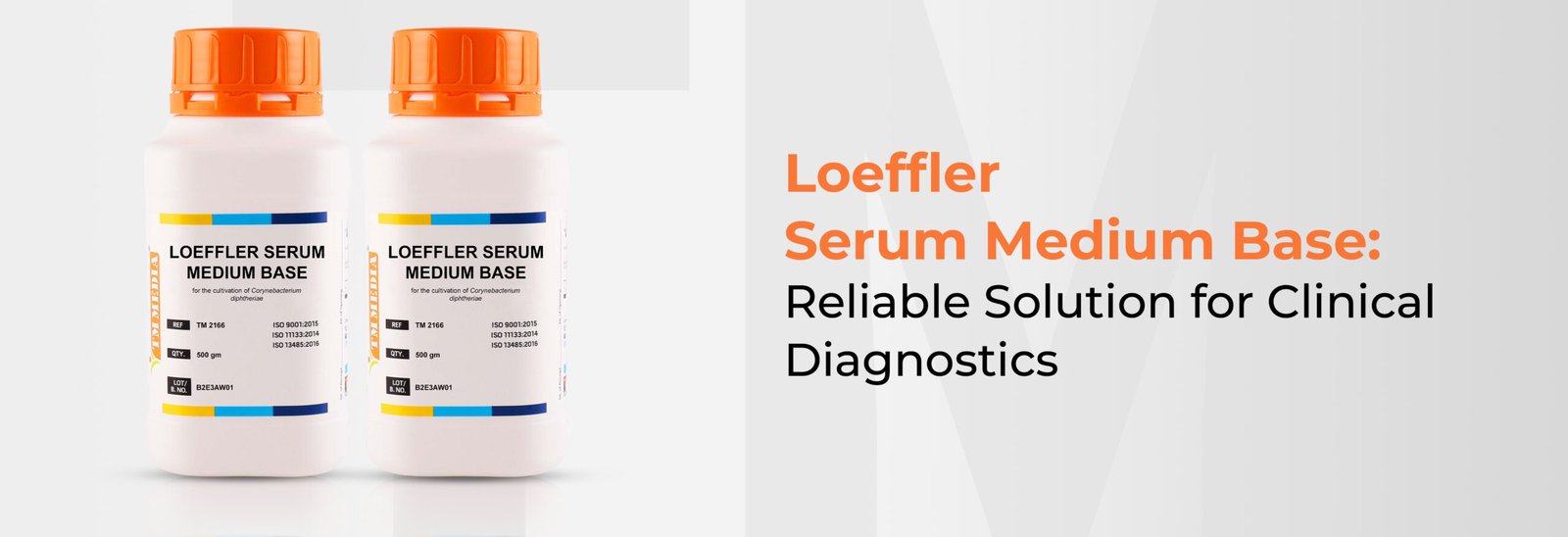
In clinical and investigative microbiology, loeffler serum slope has been crucial in the isolation and investigation of Corynebacterium diphtheriae, the...
Read More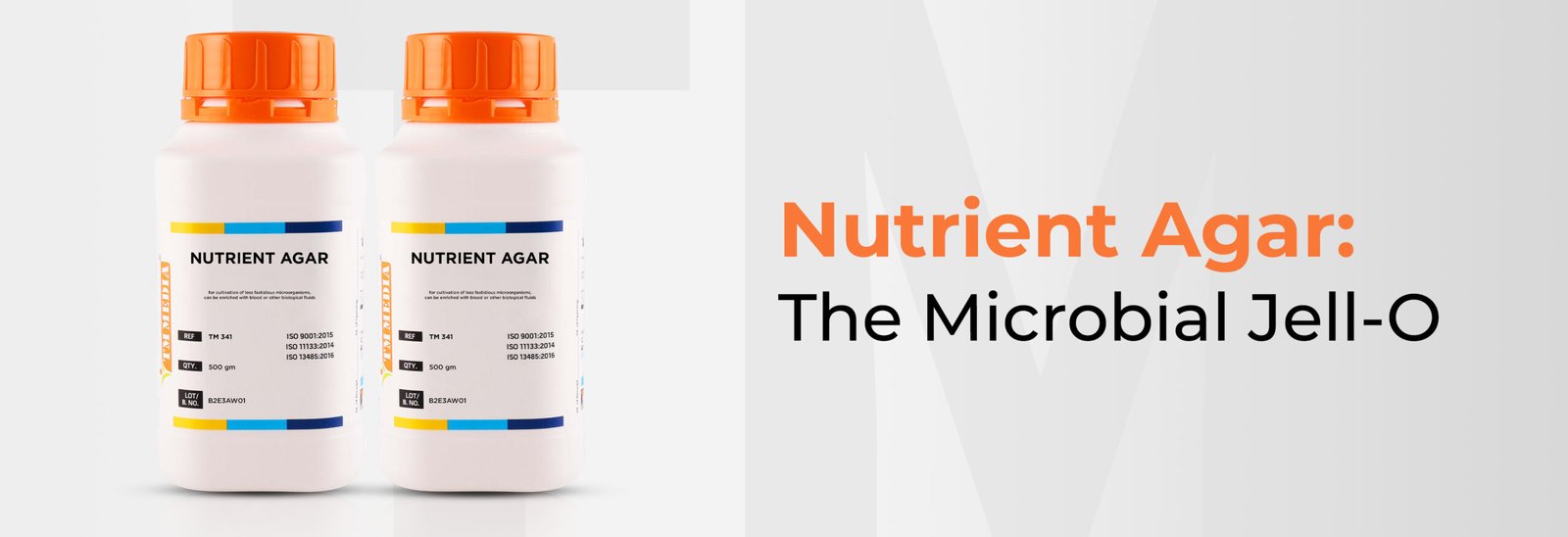
Walk into any microbiology lab, and you’ll notice something: shelves stacked with bottles labelled “nutrient agar ” and rows of...
Read More